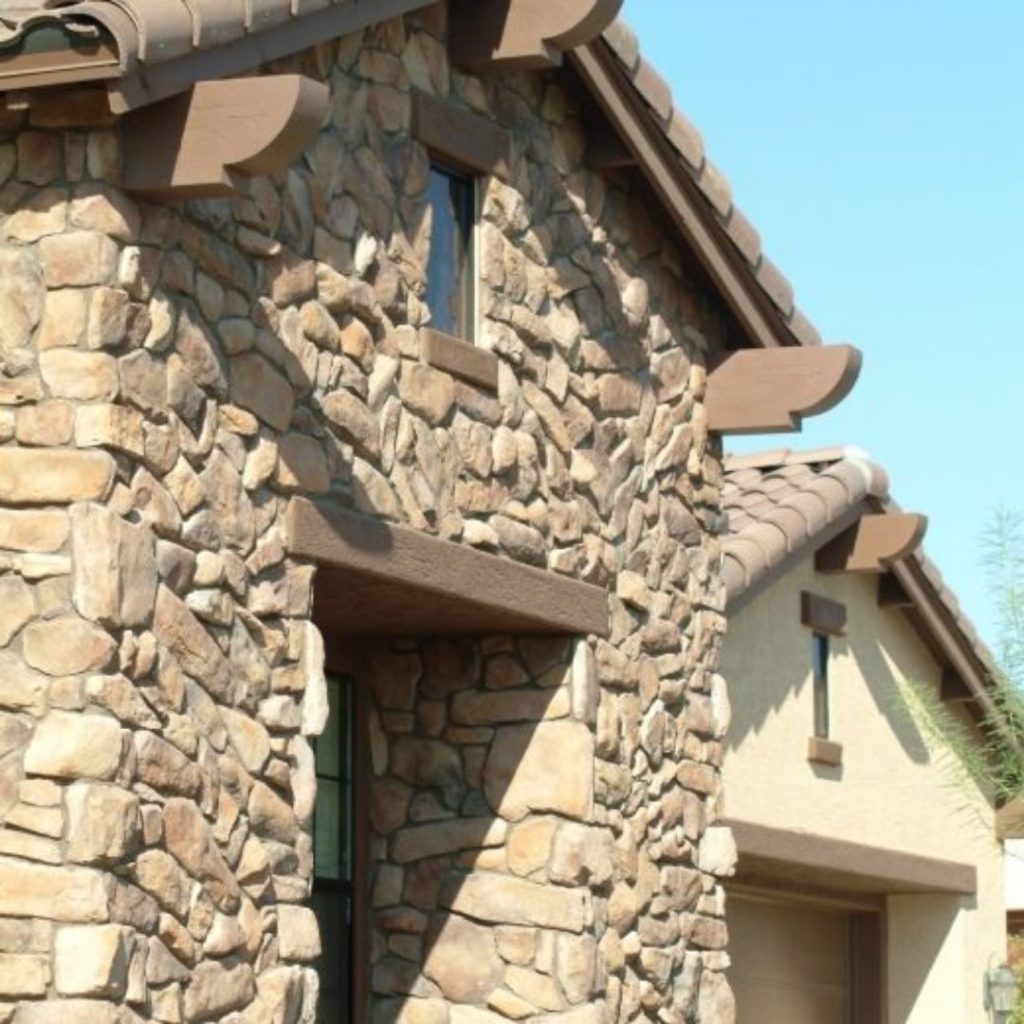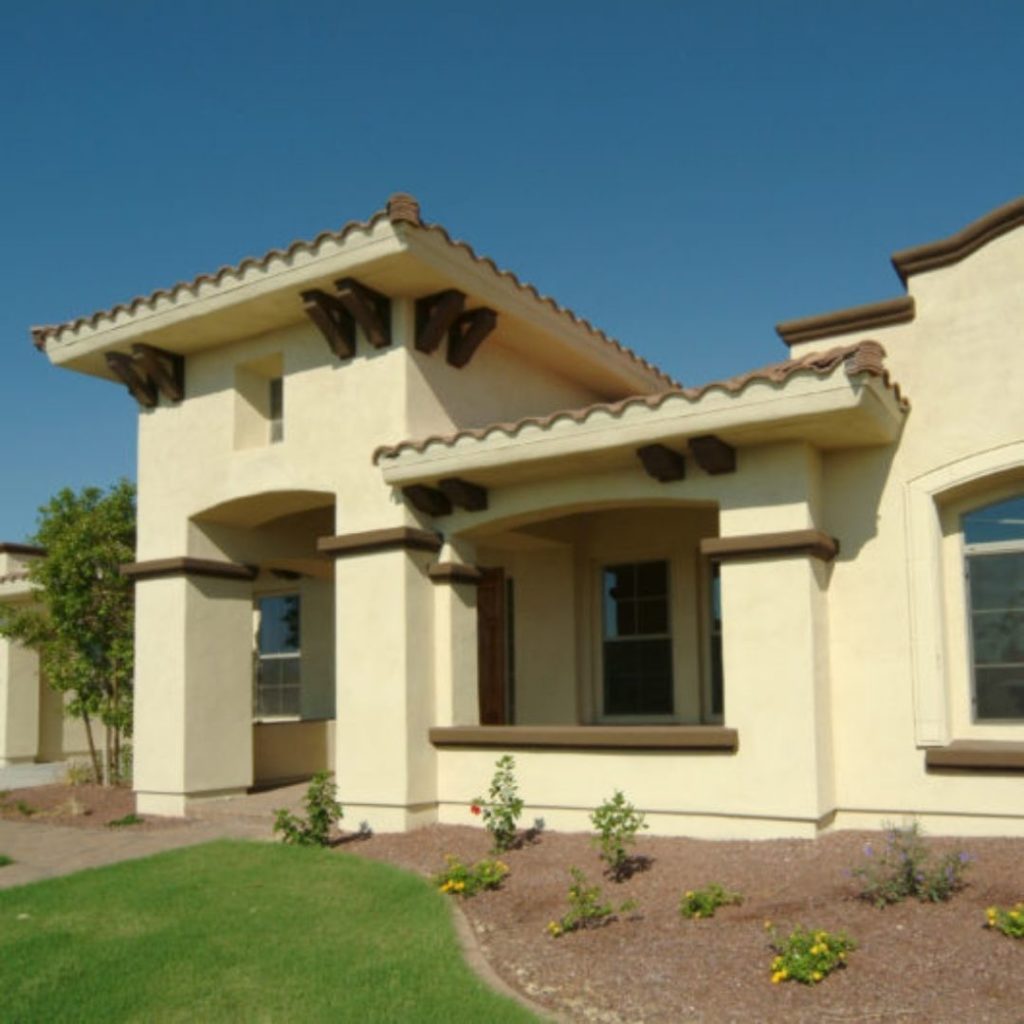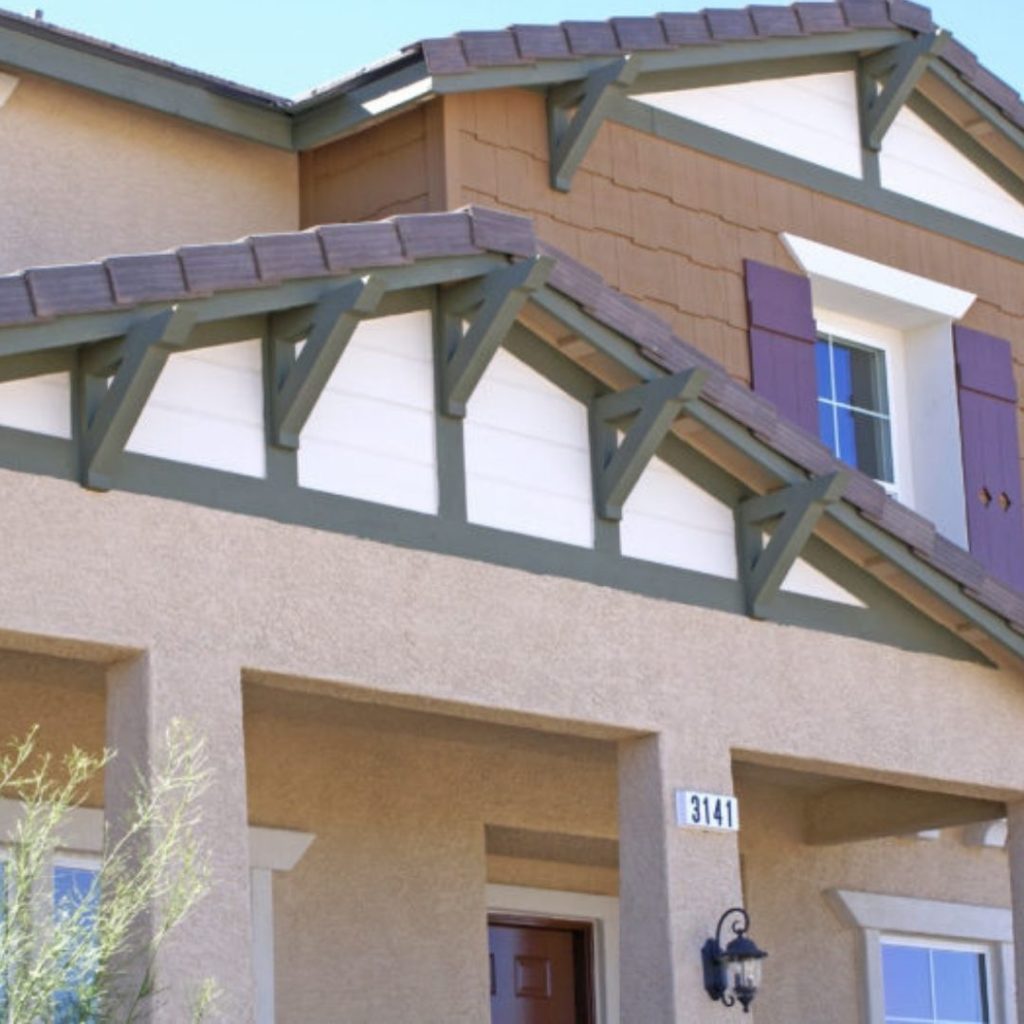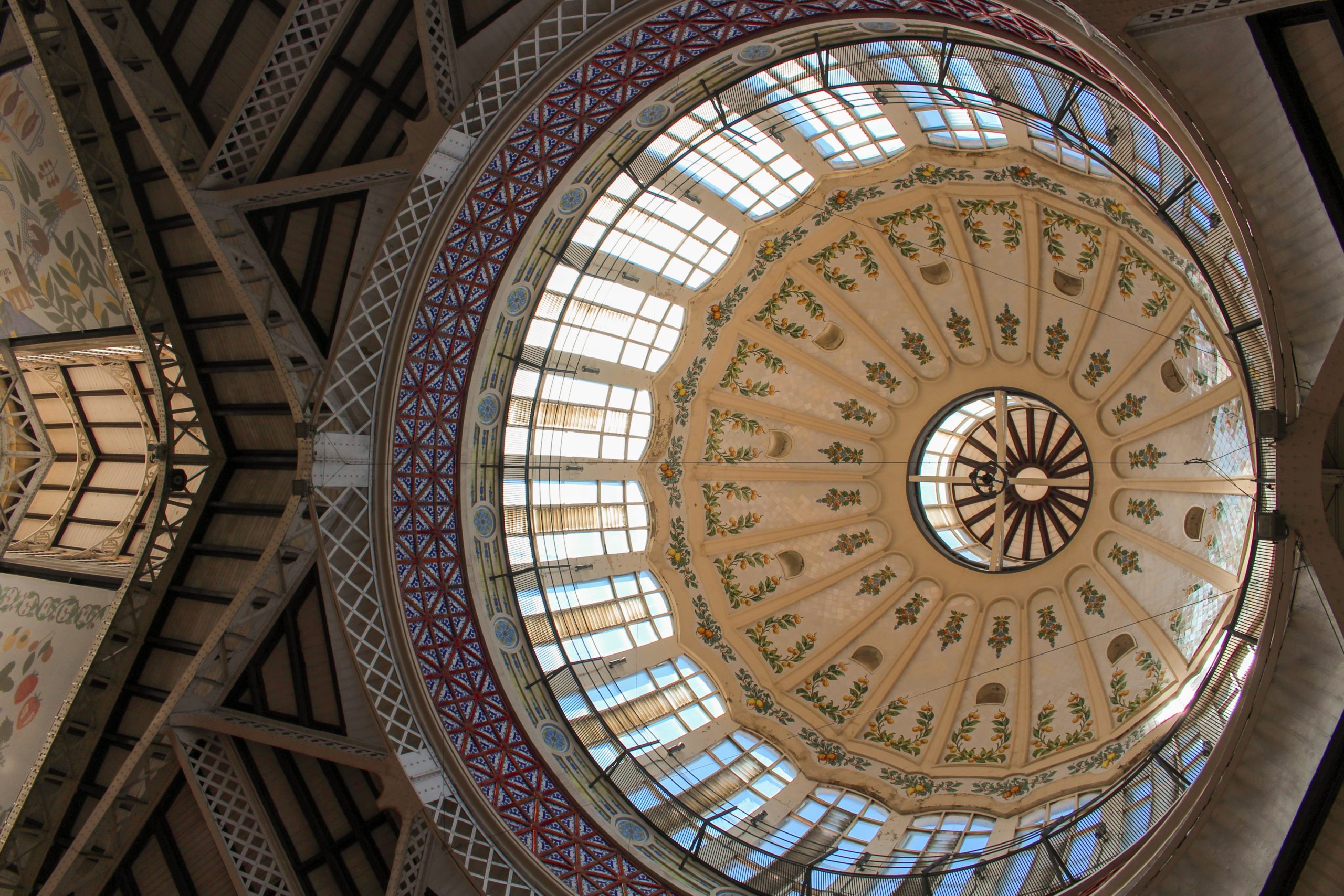Hardwood moulding is a popular fixture in many homes across the country. Applying moulding to homes is both practical and attractive, providing clean and smooth transitions from door to wall, floor to wall, wall to ceiling, and much more. Not all surfaces are rigid and in corners, however, and when your walls deviate from standard design to form curves and circular motions, a different approach must be taken. This is when flex moulding saves the day. Flex moulding has all of the same exact uses as hardwood moulding, but with an added bonus. This moulding is created to be true to its name, staying flexible and easy to bend for the sake of fitting around circular, oval, and arched places. Eccentric walls that curve at angles around the floors deserve special additions that will complement their unique features, and flexible moulding achieves this. This moulding is meant to be bent, pulled, and pushed for optimum effect. For the best possible moulding, look to Volterra Architectural Products, a business that specializes moulding and millwork. Their Volterra Flex™ line features trim moulding for all designs and application possibilities. It is created from a urethane resin material, which allows for the ultimate synergy between sturdiness and flexibility. These flexible moulding goods will last through extreme temperatures and wet climates, and they can be installed with ease. All Volterra Flex™ products are manufactured to complement any hardwood moulding profile or style. The unique curves of a house warrant special consideration to bring out their unique qualities, and flex moulding has the power to make it happen. Volterra’s special texture options make these materials all the more useful in beautifying your home, allowing customers to select from smooth surfaces that are ready for paint to wood grain surfaces meant to be stained for an authentic natural appearance. To learn more about how Volterra Flex™ can enhance the curved areas of your house, call Volterra Architectural Products at 602.258.7373 today.
Flex Moulding for Homes with Curved Architecture









